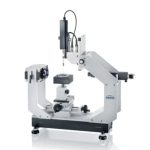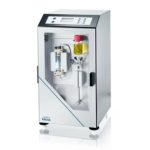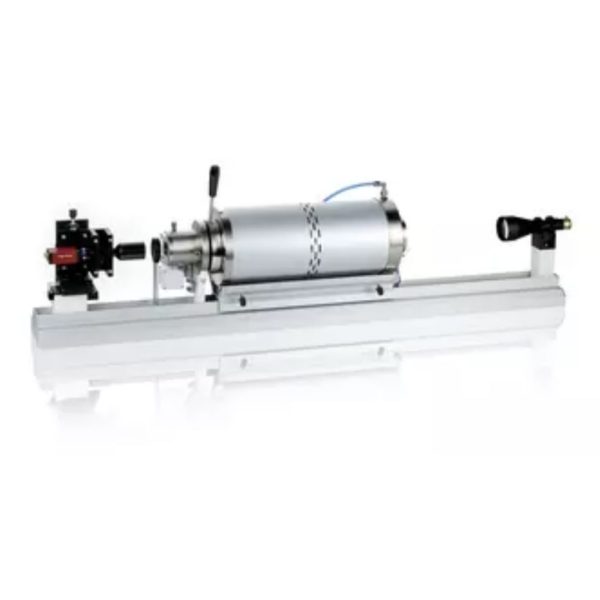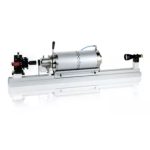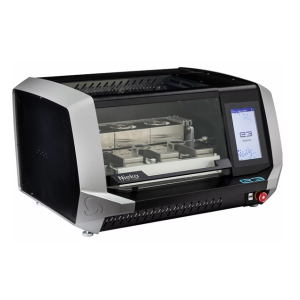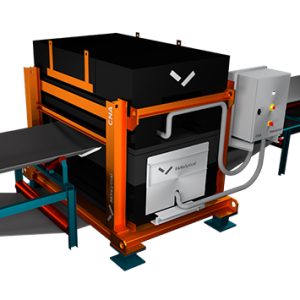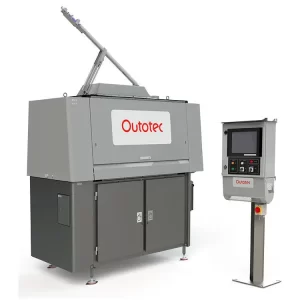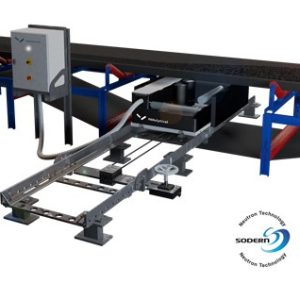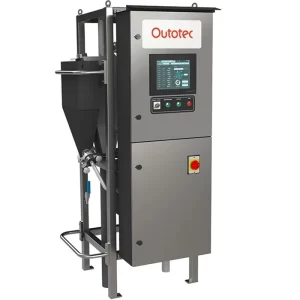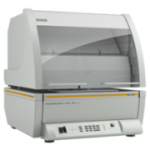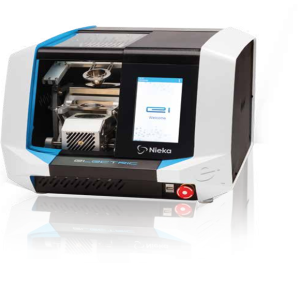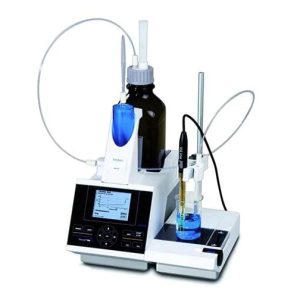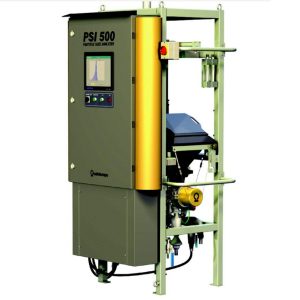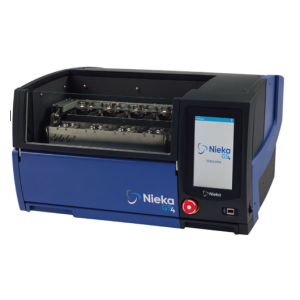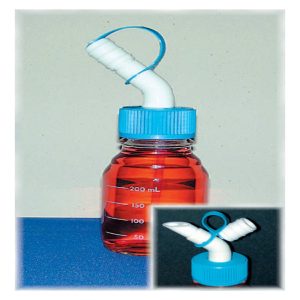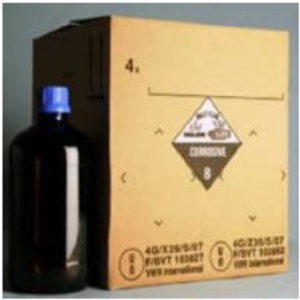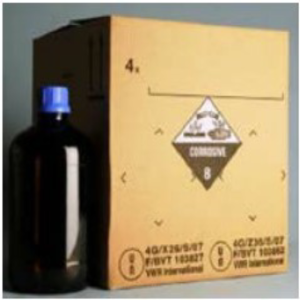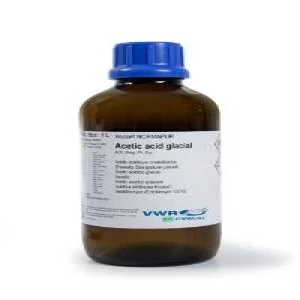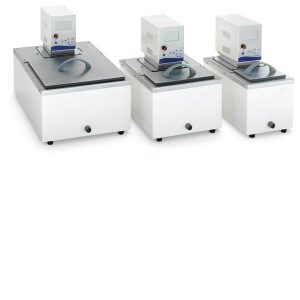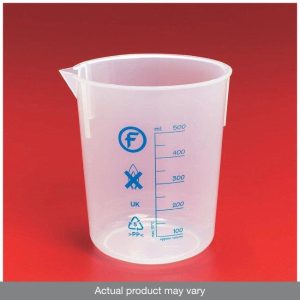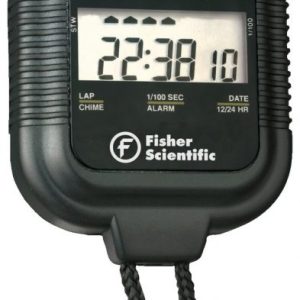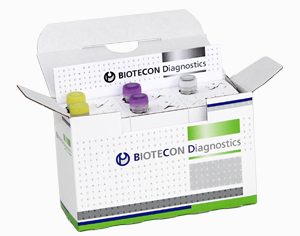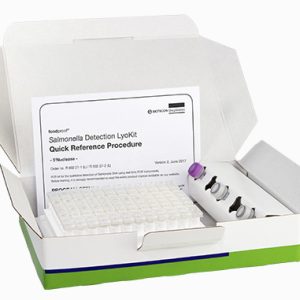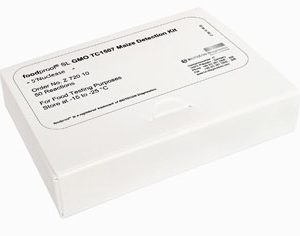Mô tả ngắn
Hãng sản xuất: Kruss
Analyzing wetting and material deformation at up to 2000 °C
The DSAHT Drop Shape Analyzer goes to the extreme when it comes to wetting and deformation analysis of melts and combustion residues. With temperatures up to 2000 °C in a various range of atmospheric conditions, the instrument analyzes melting substances and helps to understand the interactions that occur when melts come into contact with solid material. This knowledge supports you in optimizing combustion, firing, or coating processes in order to create stable end products, save energy during the process, or prolong the service life of your furnaces.
HỖ TRỢ NHANH
THÔNG TIN SẢN PHẨM
- Specifications
- Applications
- Measuring Methods
- Measuring Results
INSTRUMENT DIMENSIONS
| Footprint | 120 × 40 cm |
|---|---|
| Height | 40 cm |
TEMPERATURE MEASUREMENT
| Accuracy | ± 2.5 °C |
|---|---|
| Location of temperature measurement | at the sample |
POWER SUPPLY
| Voltage | 230 V / 16A |
|---|
SAMPLE DIMENSIONS
| Maximum sample size | length: 20 mm, diameter: 7 mm |
|---|
TEMPERATURE CONTROL
| Cooling rates | > 1100 °C: 20 °C/min 1100 … 600 °C: 10 °C/min 600 … 300 °C: 5 °C/min |
|---|
SOFTWARE
| Software type | ADVANCE & heating microscope |
|---|---|
| Available software modules | contact angle |
SESSILE DROP
| Results | contact angle |
|---|---|
| Range | 0 to 180° |
| Resolution | 0.01° |
| Models | conic section polynom circle Young-Laplace height-width |
| Type | advancing static dynamic |
CAMERA SYSTEM (STANDARD)
| Connection | ethernet |
|---|
ILLUMINATION
| Type | halogen, telecentric |
|---|---|
| Field of light | 25 × 23 mm (D × H) |
OPTICS (STANDARD)
| Focus | software controlled autofocus |
|---|---|
| Field of view | 10 × 14 mm |
| Resolution of optics | down to 7μm |
OPTICS
| Lens magnification | 1.87 |
|---|
- Measuring adhesion and wetting of metal slags in smelting plants
- Detecting reactions between the glass and refractory bricks in glass production
- Optimizing wetting of the carrier material by enamel coatings
- Investigating the changes of the green body depending on temperature and time in ceramics production
Contact angle of a drop on a solid surface
- Contact angle
- Surface tension (calculated from the curvature of a sessile drop)
- Temperature in close vicinity to the sample

